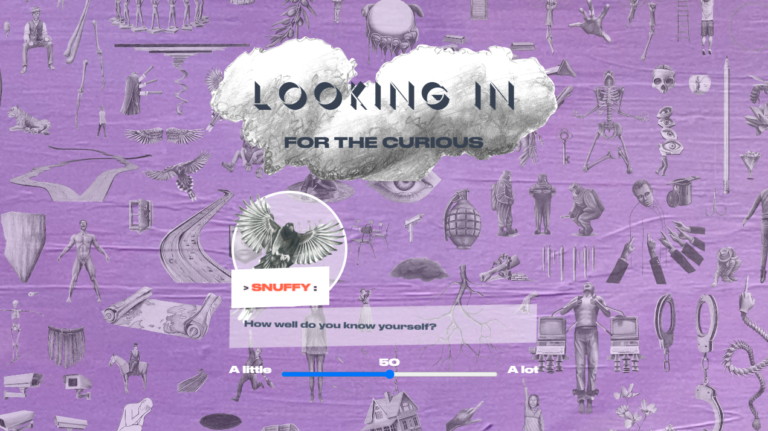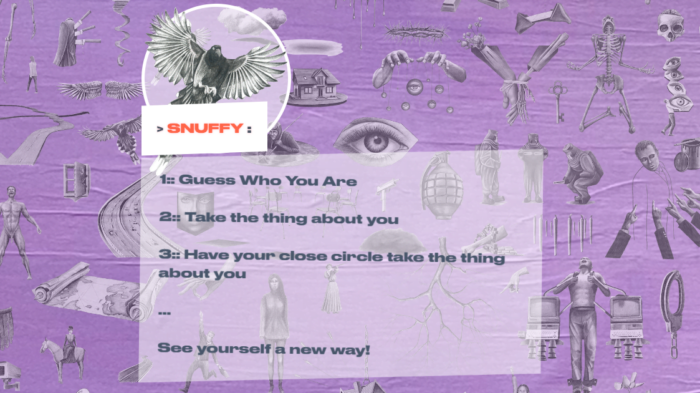
Source: news.google.com
How do you define “identity” in Web3? It’s a question that opens a can of metaverse worms. Is your online personality a reflection of the real you? Or is it just a character you’ve created instead of your actual personality? Considering how easily users can hide their real-life existence behind a cartoon PFP, it can be hard to trust that others are being authentic behind a screen.
However, things get more complicated when we start thinking about digital identity as separate from real life, the identity of the “space of the flesh.” Perhaps this is why Soulbound Tokens feel so dystopian in concept. In reality, identity is dynamic and subjective to each individual’s sense of identity. But at any given time, a person is likely to give a different description of his identity, due to his mindset, current situation, and current physical environment.
Still, identity is a difficult concept to understand. This is especially true in an arena (like Web3 and the NFT space) where anonymous and pseudonymous people often rule. Do those in the metaverse really understand who they are? A creator is trying to find out. “Are you who you are? Or are you who you think you are? or is it you who they you think you are”, is what the multidisciplinary artist Snuffy is now asking those of Web3.
Snuffy, identity and mental health
The way that we as a society approach and understand mental health has changed dramatically in recent decades. While some cite a lack of understanding as one reason older generations (Gen X and earlier) grew up with a “hide, don’t feel” attitude, in 2022, mental wellness is a hot topic. With the student mental health crisis and the growing demand for medication fueling the discussion about the accessibility of mental health services, it is not surprising that some people consider their mental well-being (or mental illness) as part of their identity.
Yet for Snuffy, whose real name is Julius Margulies, mental health and identity have always gone hand in hand. For most of his career as a tattoo artist, he has melded identity, mental health (often trauma), and the written word to create a unique catalog of physical and digital art. By asking his clients to write a story about a personal experience, he gathers information and translates the written testimonials into unique works of art that he then tattoos on his clients. But now, Margulies hopes to take this cathartic customer experience one step further in Web3 and make it accessible to everyone.
“By examining my practice of tattooing people and interacting with them, I found that people see tattooing as therapy. But actually, they text me his story it’s therapy,” Margulies said in an interview with nft now. “Through that process, they identify with what is often a traumatic experience. I then realized that my unique value to my clients is self-discovery. From there, I was like, ‘Okay, I have this long waiting list of clients, and I only have two hands. How can I bring this experience of self-discovery to as many people as possible at one time?’”
With her new project Looking In, Margulies aims to give the Web3 and NFT communities more information about themselves. Just as Myers-Briggs types have become a popular tool for people to match with each other over the past decade, Margulies has tapped into the Big Five personality traits, creating a gamified NFT experience to add to the trend. of self discovery.
The Point of “Looking Within”
While Margulies does not claim to be a licensed psychiatrist or mental health professional, he has let his own experiences and vast research on mental illness, plus his aforementioned ongoing role as a tattoo artist of sorts, influence his latest endeavor. . Recognizing the malleable nature of identity in Web3, he hopes people can pause and engage in some self-reflection, using his new project as a guide.

With Looking In, users can participate in an informal sliding scale test intended to provide a basic understanding of where they fall within the range of the Big Five personality traits: Extraversion, Agreeableness, Openness, Conscientiousness, and Neuroticism. The test will in no way provide a diagnosis or a official analysis of the user’s personality, but it exists to offer a tentative sense of self, accompanied by a collage of art created by Margulies that seeks to fuse personality traits as a visual reflection of a user’s test result.
The quiz also exists as a fun way for users to connect with their close friends/communities. Because once a user completes their test and sees their results, they are encouraged to have their close peers take the same test, answering questions related to the user’s personality, to compare the user’s conception of their own personality with that of the user. of those. who know them best. Hence the question: “Are you who you are? Or are you who they think you are?
“Most people, when I proposed this [question], they realize, ‘I guess I’m a combination of who I think I am and how others perceive me,’” Margulies said. “So we built this feedback loop so that people are really honest with themselves. To see who they are and how they are perceived by others. And then you can really watch that the way in which your close circle perceives you is the same or different from how you perceive yourself”.
While Looking In will launch on December 15 at LookingIn.nyc, and users can sign up now, details on pricing have yet to be released. But Margulies says those interested in participating won’t have to worry about token entry or high minting prices that are often associated with large-scale NFT projects. Considering the growing mental health crisis on Web3, he wants this project to be an informal, communal, and light-hearted way for everyone to “look in.”
“I would love to see this project embraced by the masses, and I am quoting you in an accessible way. I want as many people as possible to learn a little more about themselves and find comfort in talking about things like depression and mental illness that might be considered taboo,” Margulies said. “Honestly, I believe that just for the good of humanity, self-awareness, even for five minutes, can make the world a better place.”
Read More at news.google.com